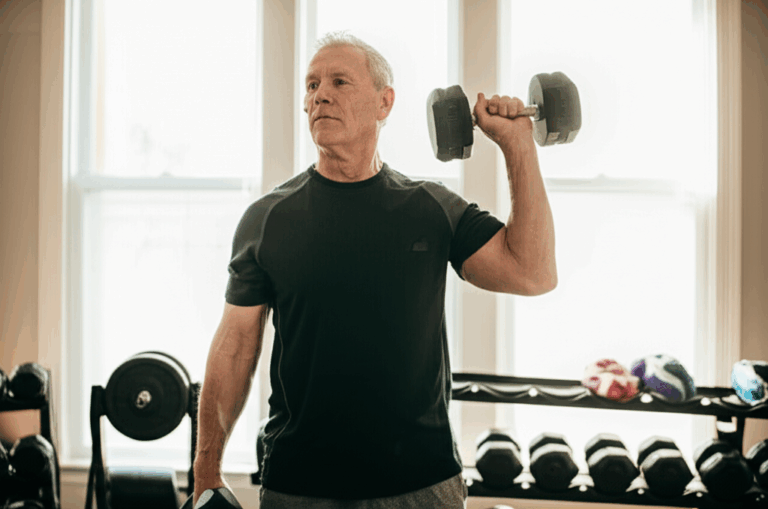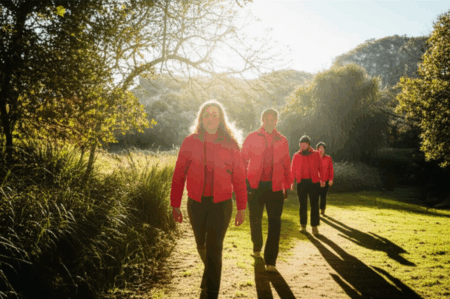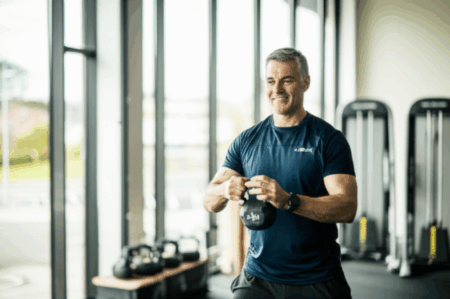As we gracefully age past 50, maintaining muscle strength becomes not just beneficial, but crucial for overall health, independence, and vitality. While the thought of a rigorous gym session might be daunting, a simple, consistent 10-minute morning standing routine can significantly impact your strength, balance, and quality of life. This article will guide you through an effective, easy-to-follow workout designed to build and preserve muscle mass, all from the comfort of your home.
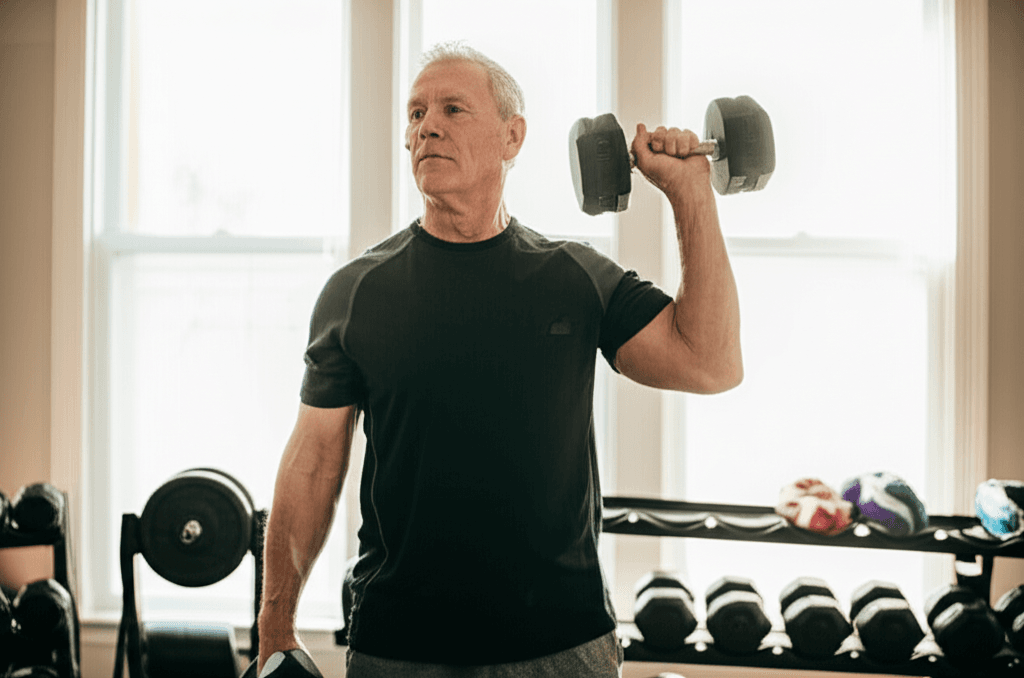
Why Strength Training is Essential After 50
The natural aging process often brings a gradual decline in muscle mass, a condition known as sarcopenia. Without regular resistance training, you can lose anywhere from 3% to 8% of lean muscle every decade after 30, which can weaken daily movement, balance, and reaction time. However, incorporating strength training into your routine offers a multitude of benefits:
- Improved Strength and Muscle Mass: Strength training directly combats sarcopenia, helping to rebuild and preserve muscle tissue. Research suggests that 20-40 minutes of weight training 2-3 times per week can rebuild muscle tissue in people aged 50-90.
- Increased Bone Density: Muscle loss is closely linked to bone loss. Strength training can substantially increase bone mineral density, which is vital for preventing osteoporosis and reducing the risk of fractures.
- Reduced Risk of Falls: By improving balance, coordination, and mobility, strength training significantly lowers the risk of falls, a major concern for older adults.
- Prevention and Management of Chronic Health Conditions: Regular strength training can help manage conditions like arthritis, diabetes, and heart disease by reducing inflammation, lowering blood pressure, and improving glucose control.
- Enhanced Cognitive Health: Emerging research indicates that physical activity, including strength training, can improve cognitive functions like memory and attention, and may reduce the risk of neurodegenerative diseases.
- Pain Management: Strength training can reduce pain in various conditions, including fibromyalgia, osteoarthritis, and low back pain.
- Weight Management: Maintaining muscle mass helps boost metabolism and burn calories, which is crucial for keeping weight in check as we age.
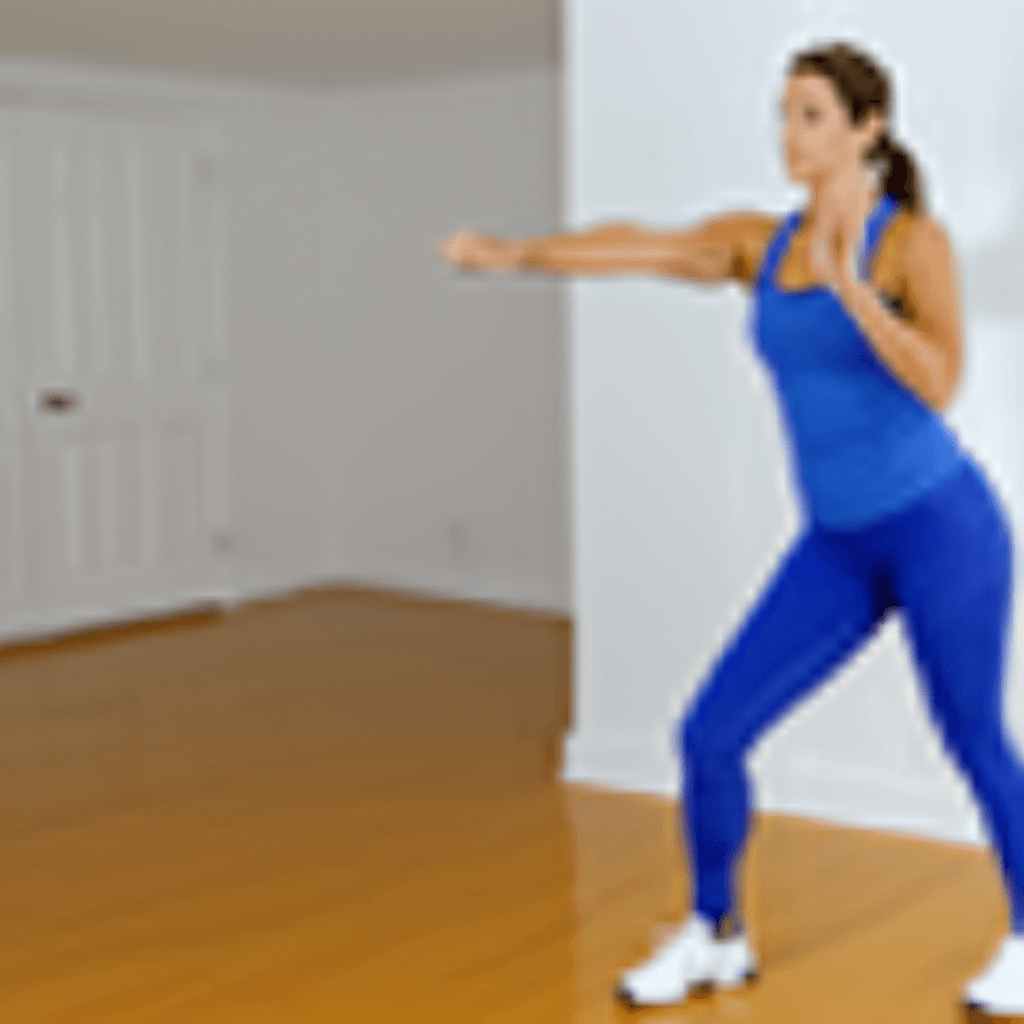
Your 10-Minute Morning Standing Strength Routine
This routine focuses on compound movements that work multiple muscle groups simultaneously, making it efficient for a quick morning session. Perform two rounds of the following exercises, aiming for 8-10 repetitions per exercise. If an exercise has a single-leg component, complete 8-10 reps on each leg before moving on. A resistance band can be incorporated for added challenge in some exercises. Before starting any new exercise program, it’s advisable to consult with your doctor, especially if you have underlying health conditions.
Warm-Up (1 Minute)
- Arm Circles: Gently rotate your arms forward and backward for 30 seconds each direction, starting with small circles and gradually increasing the size.
- Leg Swings: Holding onto a chair for balance, gently swing one leg forward and backward for 30 seconds, then switch legs. Keep the swings controlled.
- Heel Pedals: Stand tall and gently “pedal” your heels, lifting one heel off the ground then the other, engaging your calf muscles.
The Strength-Building Exercises (8 Minutes)
Aim for 8-10 repetitions for each exercise. You can use light dumbbells (1-5 lbs) or a resistance band for increased intensity, or simply your body weight to start.
1. Squats
Squats are excellent for building lower-body strength in your glutes, quadriceps, and hamstrings.
- How to: Stand tall with your feet shoulder-width apart, toes facing forward. Extend your arms in front of you for balance, or place your hands on your hips. Bend at your knees and hips, lowering your buttocks as if sitting into a chair. Descend only as far as comfortable, ensuring your knees track in line with your toes and do not go past them. Press through your heels to return to a standing position.
- Modification: Use a chair for support, or only go into a partial squat if a deep squat causes discomfort. You can also perform “sit-to-stands” by repeatedly sitting down and standing up from a sturdy chair.
2. Standing Rows (with or without resistance band)
Standing rows strengthen your back and arms, improving posture.
- How to (Resistance Band): Anchor a resistance band at chest level (e.g., around a sturdy pole or door hinge). Stand facing the anchor point, holding the handles with both hands. Step back to create tension in the band. Keep your core engaged, bend your elbows, and pull the band toward your body, squeezing your shoulder blades together. Slowly extend your arms back to the starting position.
- How to (Bodyweight): Stand facing a wall or a sturdy doorframe. Place your hands flat on the surface, leaning slightly forward. Bend your elbows and pull your chest towards the wall, engaging your back muscles. Push back to the starting position.
3. Reverse Lunges
Reverse lunges enhance hip stability, single-leg strength, and balance, which are vital for maintaining independence.
- How to: Stand tall with feet hip-width apart. Step one foot back, lowering your hips until both knees are bent at approximately a 90-degree angle. Your front knee should be directly over your ankle, and your back knee should hover above the floor. Push through your front heel to return to the starting position. Alternate legs.
- Modification: Hold onto a chair or wall for balance. If a full lunge is too challenging, perform a smaller step back with a slight knee bend.
4. Overhead Press (with or without light weights)
The overhead press strengthens your shoulders and arms, crucial for daily activities like lifting objects above your head.
- How to: Stand with feet hip-width apart, holding light dumbbells at shoulder height, palms facing forward or neutral (palms facing each other). Keep your core engaged. Press the dumbbells straight overhead until your arms are fully extended (but not locked). Slowly lower the weights back to shoulder height with control.
- Modification: Perform without weights or use very light objects like water bottles. You can also do a wall push-up to build upper body strength, which works similar muscle groups.
5. Standing Calf Raises
Calf raises strengthen the lower legs and improve ankle stability, which is important for balance and propulsion when walking.
- How to: Stand tall with your feet hip-width apart. Rise onto the balls of your feet, lifting your heels as high as possible. Hold briefly at the top, then slowly lower your heels back to the floor. Keep your core activated throughout for balance.
- Modification: Hold onto a chair or wall for support. Perform one leg at a time if balance is a concern.
Cool-Down (1 Minute)
- Gentle Marching in Place: Lightly march for 30 seconds to bring your heart rate down.
- Standing Hamstring Stretch: Stand tall, place one heel slightly in front of you with the toe pointing up. Hinge forward at your hips, keeping your back straight, until you feel a stretch in the back of your thigh. Hold for 15-20 seconds per leg.
- Standing Quad Stretch: Hold onto a chair for balance. Grab your right ankle with your right hand and gently pull your heel towards your glutes, feeling a stretch in the front of your thigh. Keep your knees together. Hold for 15-20 seconds per leg.
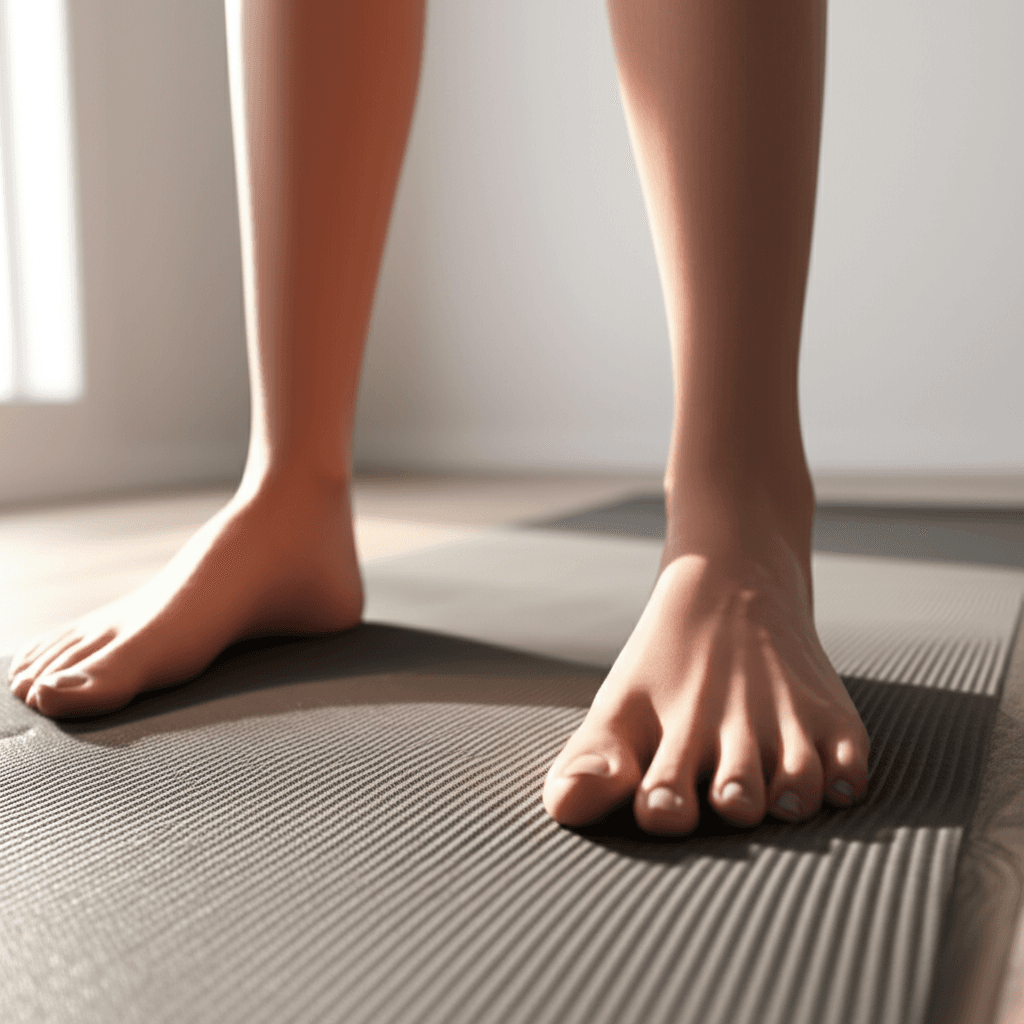
Consistency and Progression
The key to building strength after 50 is consistency and gradual progression. Aim to perform this routine 2-3 times per week, allowing for rest days in between. On non-strength training days, consider engaging in cardio, yoga, or stretching.
- Start Slow: If you’re new to exercise, begin with bodyweight versions of these exercises and fewer repetitions. Gradually increase reps or sets as you get stronger.
- Listen to Your Body: Never work through pain. If something hurts, stop the exercise and try a modification or a different movement for that muscle group. Some discomfort in the muscles as they fatigue is normal, but sharp pain is a warning sign.
- Increase Intensity Gradually: As you get stronger, you can increase the challenge by adding light dumbbells, resistance bands, or increasing the number of repetitions or sets.
- Focus on Form: Proper form is more important than lifting heavy weights. If you’re unsure about your form, consider watching instructional videos or consulting a fitness professional.
- Stay Hydrated and Fuel Your Body: Support your muscle growth and recovery with adequate hydration and a balanced diet rich in protein.
By committing just 10 minutes each morning to this standing strength routine, you can make significant strides in maintaining your physical capabilities, preventing age-related decline, and enjoying a stronger, more independent life after 50.




